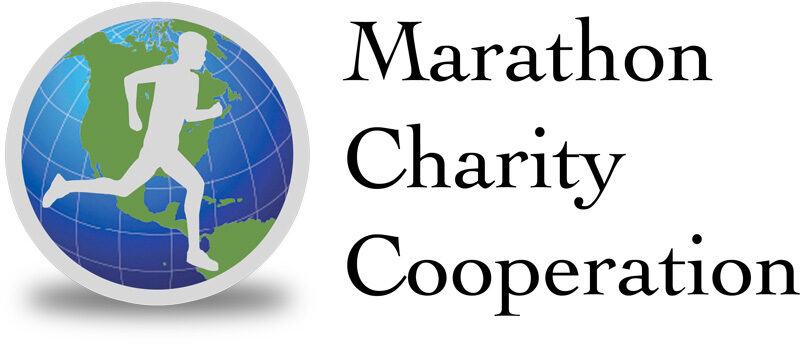It waits for all marathoners, and always comes in its own way in each race. For me, in Boston, it began at the top of Heartbreak Hill, where whatever pride I felt in finishing the ascent crumbled as I saw how far I had to go. In New York, it was waiting for me as I descended from the Willis Avenue Bridge into the cramp-filled hell of the Bronx. And whenever I run Chicago, I find it just beyond the southward turn onto Halsted Street and the desolate South Side industrial slough that follows. Whatever it is, it isn’t the wall. A wall implies two things: First, that there is a single, perpendicular obstacle blocking your progress; and second, that there is a side beyond, where your vistas are wide and your troubles recede. No, during the last six miles of a marathon, your troubles find you, and stick to you, like dirt to a dust bunny. Call it a boundary, if you want, or a passage to the mountain kingdom of misery.
It’s a hoary cliche of running that probably dates back to Pheidippides himself: Somewhere outside of Athens, he mutters, “Wow, this run wouldn’t be such a big deal if it were only 20 miles…but these last six are a killer.” Admit it. You can run 20 miles and later that day forget to mention it to other people you want to impress. But add 6.2 on top of it, and everyone starts to say you’re crazy to attempt it, and when you’re in the thick of those 10,000 meters of regret, you’ll be inclined to agree.
The Last Six has been the subject of much thought among running cognoscenti. Most think that because the pain is inevitable, the best you can do is train up your body’s endurance with as many 20-milers as you can bear, then brace yourself for the big hurt on race day. Don’t think about the pain, don’t practice for it—just get there and hold on till it’s over.
Paul Carrozza, founder of Austin’s Run-Tex shoe emporiums and running guru to Texas governors, takes a different tack. His marathon-training plan scorns the standard incremental increases in mileage; for him, it’s all about preparing for an intense, painful 10-K that happens to start 20 miles away. He instructs runners to stud their marathon training with 10-K races, aimed at achieving a PR at that distance shortly before the marathon. “Your 10-K at the end of the marathon isn’t going to be as fast,” he says, “but it’s going to have an equivalent intensity. You have to get used to being that uncomfortable.”
Sounds good, but how do you get used to being that hopeless? “Stay in the moment,” Carrozza says. “And remember: It will be over with soon, and once it’s over, you’ll own it forever.”
Forever—that sounds about right. In New York last November, my calves started to twinge around mile 18. My gastrocnemius muscles were firing independently of the rest of my body, like they were getting all jumpy before trying to make a break for it. By the time I re-entered Manhattan, at mile 21, I was running on my heels like Charlie Chaplin because my contorted calves wouldn’t relax enough to let me flex my foot. If I stopped to stretch, I’d never make it in by 3:30, my Boston Marathon qualifying time, but if I didn’t stop to stretch, I’d collapse by the curb with paralyzed legs. I made a deal with myself: I’d only stretch out my calves when I actually screamed in pain. So I climbed Fifth Avenue toward the park in half-mile increments, stopping for a refreshing bellow and stretch every five minutes, eventually stumbling through the finish line in 3:27:01. Shuffling to the gear-check area, I was assisted by a 12-year-old girl who said her name was Elsie. I walked with her through the trees of the park, and reader, I swear to you, I honestly thought she was an angel, and that I had died, and I honestly didn’t mind.
Still, that experience raises the question of why so many of us even put ourselves in the position of having to bear down for the Last Six after crossing that 20-mile barrier. Simple. I own that New York finish, although I’d never want to experience it again—just as I never want to relive the desperate sprint for my PR in Chicago in ’06, when my left hamstring had cramped so badly I felt I’d been shot by a fan of a rival radio program.
But at the same time, I’ll be lining up again in Chicago this October, and I’ll be committing myself to a good solid hour of misery at the end of the affair, in the same way you commit yourself to getting wet when you leap off a diving board.
Why go through it all again? Because what lies between mile 20 and the finish line is the answer to that question asked by non-marathoning spouses and friends: “If it hurts so much, why do you do it?” I’ve never found the answer, so I keep running that final stretch with my eyes on the ground looking for it.
What I have found is that the last six miles separate distance runners from those who are merely obsessive or have a high tolerance for boredom. They are the crucible from which come molten, freshly recast marathoners, and each one of those miles is a distinct trial to conquer, and reason to train, and reason to boast, and as such, in truth, I love them, because though you’ll never know exactly why you do them, it’s over those last six miles that you finally find out if you can.
I’ll tell you something, though: The last .2 miles is a killer.
